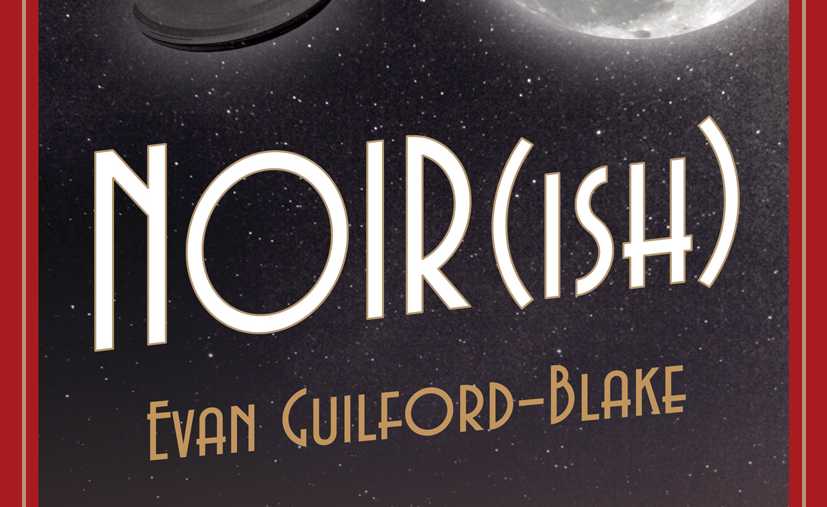A hardboiled private investigator, an irresistible femme fatale and a classic “who dunnit” case lie at the heart of Noir(ish), the latest e-book by mystery novelist and playwright Evan Guilford-Blake. For PI Robert Grahame, June 24th, 1947 was a night like any other – until Lizabeth Duryea walked through his doors with trouble close on her heels. The job? Find her twin brother, Dan Scott. The problem? Although the pay was too good to refuse, the task was too easy to stay simple.
For those familiar with the noir genre, Noir(ish) is chock-full of Easter eggs, a number of characters being named after a combination of the era’s most iconic stars. Lizabeth Duryea is named after Lizabeth Scott (Dead Reckoning, Too Late for Tears), to whom Blake dedicates the novel, and even the room numbers mentioned are revealed to be the birthdays of famous actors.
(For a go-to list for all things noir, the list of all of the references made would be a great start, and is included as an appendix. As a challenge for anyone who thinks them self a noir enthusiast, try making a checklist of any allusions you recognized to see what you missed by the end.)
At its core, Noir(ish) is a brazen confession to a forgotten era, a love story between its author and noir itself.
Blake goes so far as to set Noir(ish) within an alternate reality, in which the biggest noir classics of the time actually take place. Hearing Grahame recall his days working alongside Sam Spade, and how Ruth Wonderly “hit him harder than most people knew” is priceless. Part of the story even makes use of Moe Sedway digging into the real-life murder of his friend and fellow gangster Benjamin “Bugsy” Siegel – which remains unsolved to this day.
While the most popular noir tropes are all accounted for, such as the no-nonsense friend from within the police department and the scent of perfume before being knocked unconscious, Blake gives every trope enough spin to make it his own. Some questions that come to mind are: What does it mean to be the “good guy,” or the “bad guy” for that matter? And when the chips are down, who do you trust? A true mystery novel, the tiniest details are the ones that make the biggest difference. Just when the reader thinks they have it figured out, they are thrown another curve ball to keep them guessing until the very end.
At its core, Noir(ish) is a brazen confession to a forgotten era, a love story between its author and noir itself.
The first few paragraphs create the perfect atmosphere: Robert’s office long after hours, a pack of cigarettes close at hand and a bottle of alcohol on his mind; Duryea’s silhouette through frosted glass, with more swing in its hips than an album of Benny Goodman’s greatest hits, and the summer heat of Los Angeles beating down on their necks as Freddy Martin’s rendition of Laura fills the room. Originally a twenty-thousand word play, Blake adapted his work into a fifty-thousand-word novel due to the limitations of the stage. The result is noir, remembered at its finest and retold with perfect clarity.
